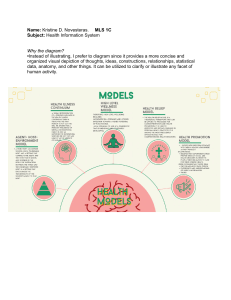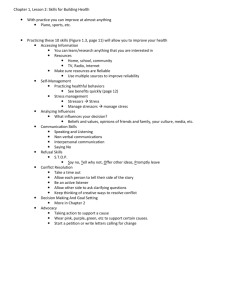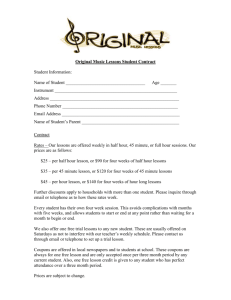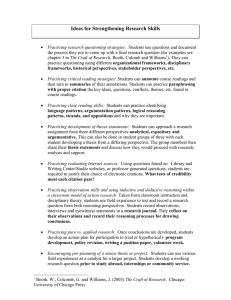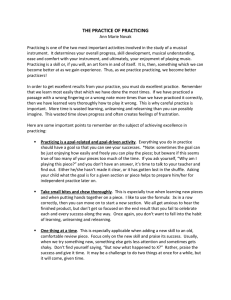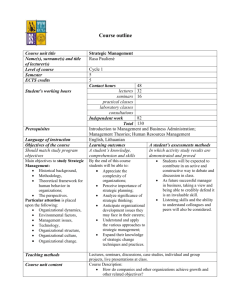Virtual Reality and its Application to Healthcare Julie Palmer
advertisement
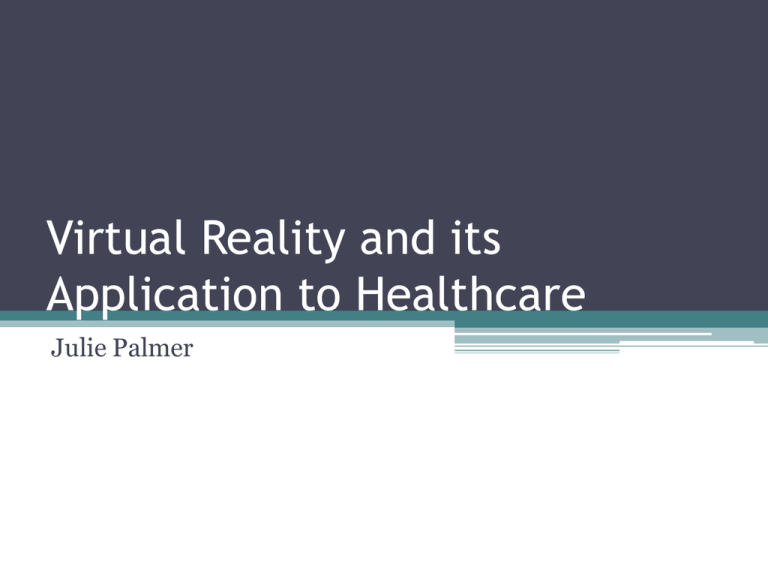
Virtual Reality and its Application to Healthcare Julie Palmer What is virtual reality? • ‘virtual reality (VR) is a sophisticated computer technology that puts the body into an intense and direct feedback loop with a simulation’ (Hayles 1993, 167). Virtual Anatomy – the Visible Human Project Sample images available from: http://www.nlm.nih.gov/research/visible/ Applications of virtual reality in healthcare? • Training ▫ Safety – broadly defined ▫ Learning – learning from mistakes, ‘permission to fail’ ▫ Practicing psychomotor skills automation • Assessment • Surgical Rehearsal ▫ Practicing procedures, esp. minimally invasive surgery ▫ Practicing procedures on patient-specific model ▫ Modelling ‘results’ of the procedure • Robotic or remote surgery • Treatment of phobias (Satava 2008) Other issues of interest to social scientists? • Ways of knowing about the body • Representations of the body • Constructions of the human subjects, normalcy/pathology • Constructions of the medical professions and expertise • VR open to analysis of the underlying values and understandings of the body and of medical practice (Johnson 2005) The ‘mathematical body’ (Prentice 2005) • The body must become mathematical in order to inhabit the computer • Interdisciplinary collaboration • Implicit, tactile and kinaesthetic knowledge quantified What is realism in this context? • Faithful replication of anatomy • All-seeing, infinitely mobile eye ▫ ‘unreal’ angles • ‘Authentic’ data • ‘Real’ instruments • ‘Realistic’ sensations • Isolated body parts
